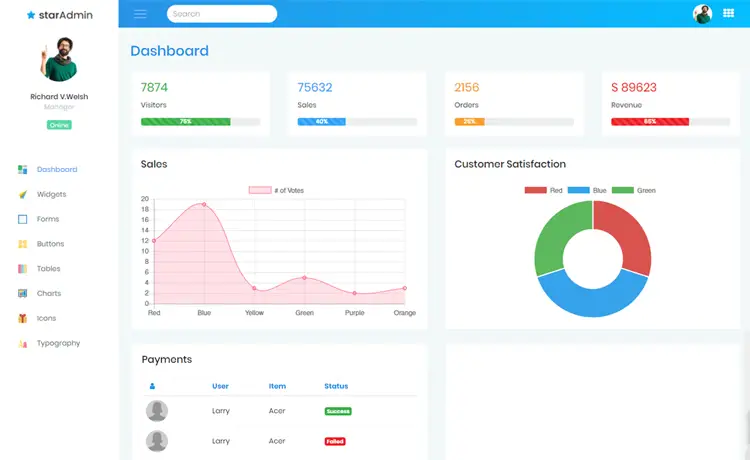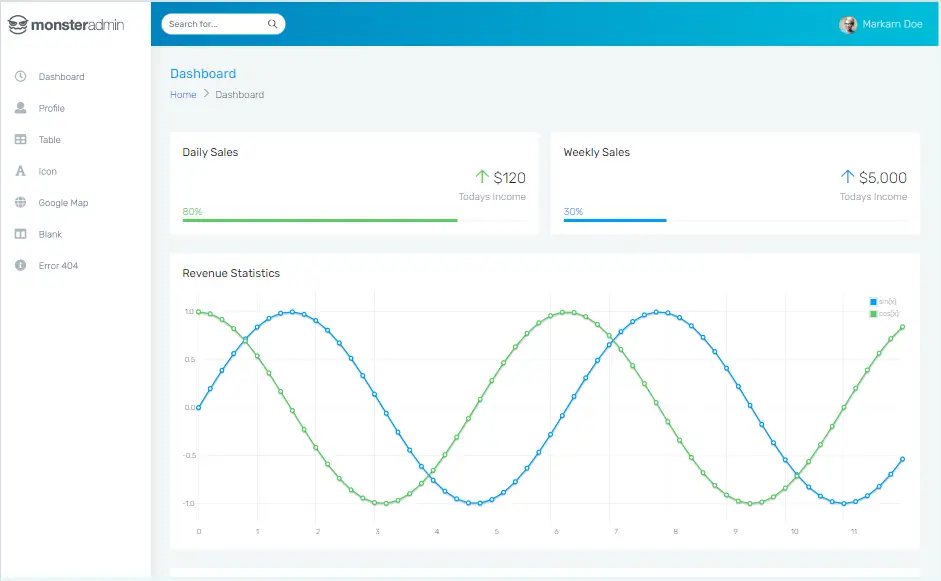When should I use NVARCHAR Max?
By Tan Lee Published on Oct 29, 2024 774
Entity Framework has a StringLength annotation to set the maximum length of string fields in a code-first approach, affecting the SQL database column size.
For example, setting StringLength(255) limits the Name field to 255 characters. If omitted, the default is NVARCHAR(MAX), which can impact performance and indexing.
[Table("Product")]
public class Product
{
[StringLength(255)]
public string Name { get; set; }
}While NVARCHAR(MAX) types are generally slower than fixed-length types like NVARCHAR(255), the performance difference is often minor. A critical issue arises when creating indexes: SQL Server does not allow indexing on NVARCHAR(MAX) columns.
The maximum index key size is 900 bytes, which means while you can index up to NVARCHAR(4000), you cannot create an index on NVARCHAR(MAX). Therefore, if indexing is needed, specify a realistic maximum length for the column.
You should avoid using NVARCHAR(MAX) in the following scenarios:
When you know that the maximum length of data will be within a specific range (e.g., under 4,000 characters), use a fixed length like NVARCHAR(255) or NVARCHAR(4000) to improve performance and manageability.
If you plan to create indexes on the column, avoid NVARCHAR(MAX) since you cannot index it. Instead, specify a maximum length that allows indexing.
For applications with high-performance requirements, using NVARCHAR(MAX) can lead to slower query performance due to its larger storage footprint.
If you're dealing with a large volume of data, using NVARCHAR(MAX) can increase memory usage and affect overall performance, especially during sorting or searching operations.
Smaller fixed-length columns can simplify maintenance tasks, such as backups and data migrations, compared to larger variable-length columns.





